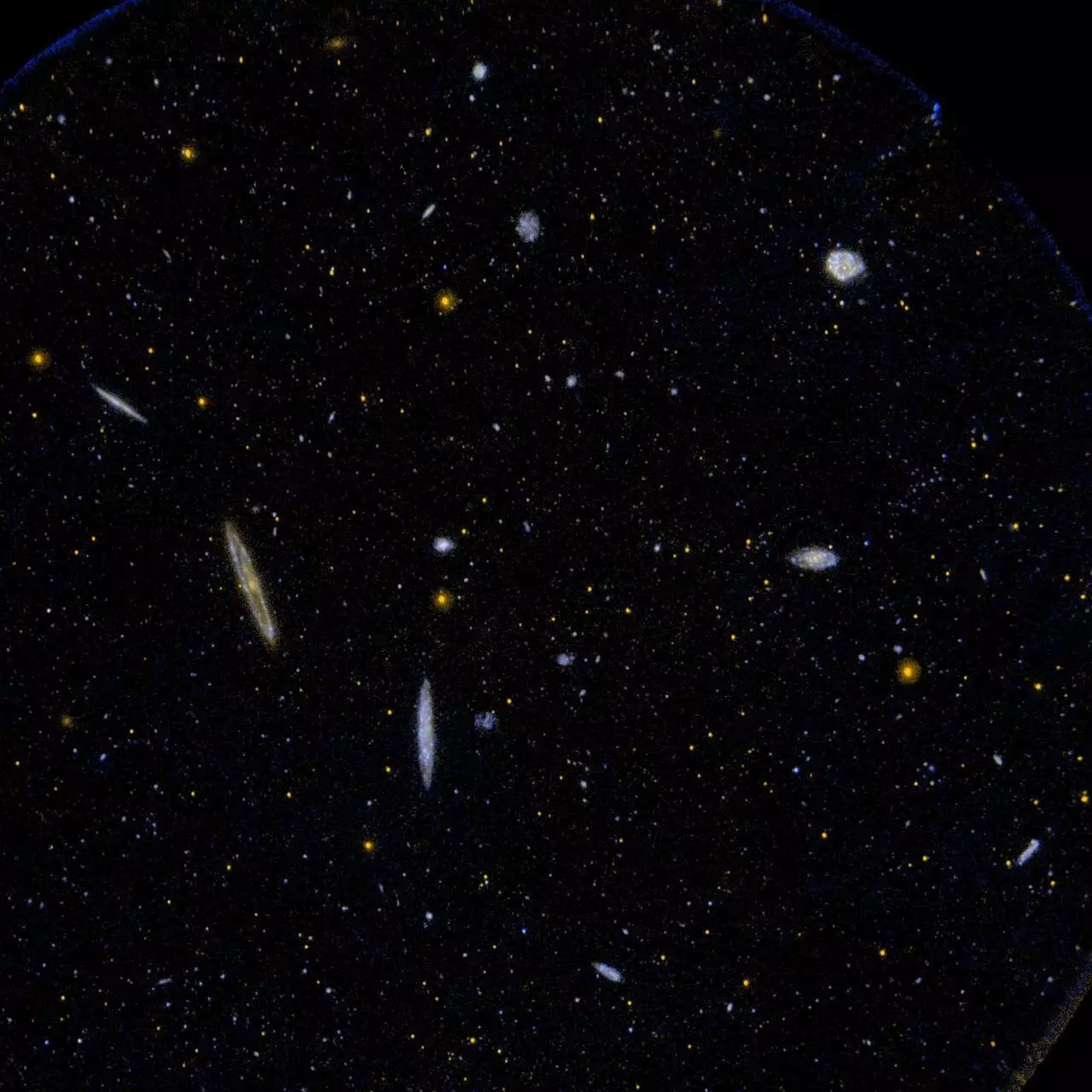Recent revelations from the field of cosmology are prompting physicists to re-examine long-held beliefs about the universe’s formation and evolution. A collaborative study involving Southern Methodist University (SMU) and several other esteemed institutions has uncovered peculiarities regarding the behavior of neutrinos—subatomic particles whose properties could challenge prevailing scientific paradigms. As researchers dissect these findings, the prospect of revisiting and possibly reformulating the established tenets of physics raises significant implications for both theoretical frameworks and educational curricula worldwide.
The Dark Energy Spectroscopic Instrument (DESI) has gained prominence as a powerful tool for mapping the universe’s vastness. This innovative instrument is not merely cataloguing celestial objects; it is generating a precise three-dimensional depiction of the universe, facilitating key calculations on neutrino mass. The findings from DESI, combined with historical data acquired from cosmic microwave background radiation—the remnant glow from the Big Bang—are reshaping cosmologists’ understanding of matter distribution across the cosmos. Through these advanced observational techniques, the research team unearthed a discrepancy between expected outcomes based on current models and the newly observed data.
Neutrinos: The Enigmatic Constituents of the Universe
Neutrinos are among the most prevalent particles in the universe, yet they remain enigmatic due to their elusive interaction with other matter. Previous models suggested that massive neutrinos inhibit the agglomeration of matter in space over the universe’s extensive history. However, the latest data posits a contrary phenomenon: instead of diminishing clustering, neutrinos appear to enhance it. This unexpected development forces a reevaluation of how matter should coalesce within cosmic structures, from galaxies to galaxy clusters.
At the core of this discourse is the Standard Model of particle physics, a framework that has dominated theoretical physics for decades. Traditionally, students are taught that this model sufficiently describes the fundamental interactions of particles. However, the disparities highlighted by the DESI findings raise critical questions about the model’s completeness. If the data indeed suggests an enhancement in matter clustering, it may expose inadequacies or oversights within the Standard Model, potentially necessitating its expansion or evolution.
Joel Meyers, an associate professor at SMU, emphasizes the importance of addressing these anomalies to further our understanding. The interplay between experimental evidence and theoretical provisions is vital, as it either instigates the introduction of new physics or demands meticulous scrutiny of existing measurements. The implications of this research extend beyond academic curiosity; they may redefine foundational principles in both cosmology and particle physics.
The challenges posed by the new findings are manifold, prompting researchers to explore various avenues. One line of inquiry involves reassessing the measurements themselves for potential systematic errors. Given the complexity of such observations, any inaccuracies could fundamentally distort interpretations of the data. Furthermore, the possibility of new physics arising beyond the Standard Model invites speculation and creativity in theoretical physics, compelling researchers to entertain fresh concepts and methodologies.
The collaborative nature of this study underscores the importance of multidisciplinary approaches in tackling cosmological enigmas. With contributions from institutions such as UC Santa Barbara, Johns Hopkins University, and UC San Diego, diverse expertise enriches the dialogue surrounding these findings. The research not only opens doors to potential discoveries but creates a collaborative framework for tackling complex issues in the cosmic realm.
As scientists continue to decode the profound implications of the DESI findings, the question remains: have we outgrown the Standard Model, or are we simply in need of refinements? The exploration of uncertainties within our understanding of neutrinos may eventually lead to significant revelations about the universe, catalyzing a shift in how future generations of physicists are educated.
The ongoing journey of inquiry in cosmology is not just about answering existing questions but about fostering a deeper understanding of our universe. As researchers piece together the extensive puzzle of cosmic evolution, the quest for knowledge will invariably challenge established norms, inviting renewed interest and excitement in the world of physics. The next steps in this research endeavor promise to be as fruitful as they are critical, ensuring that the frontiers of science remain vibrant and ever-evolving.


Leave a Reply